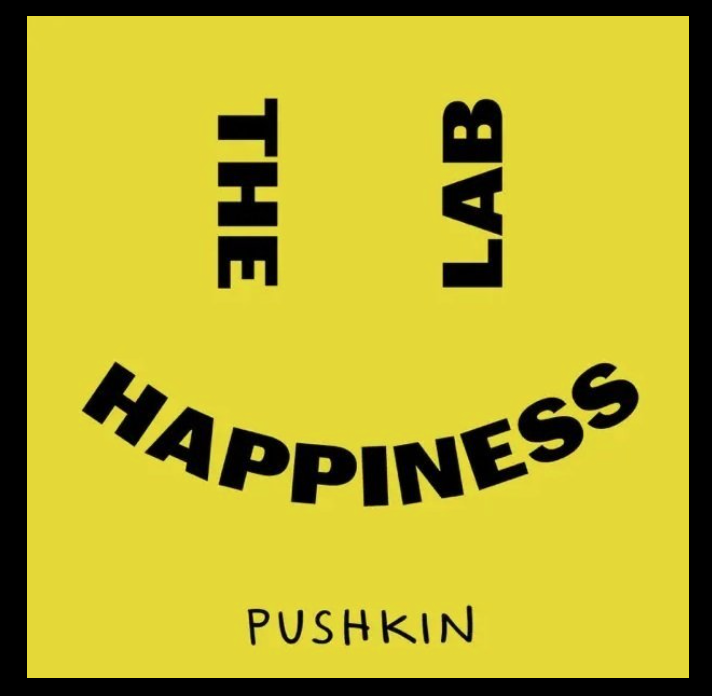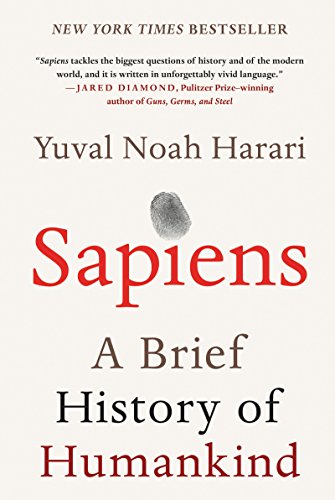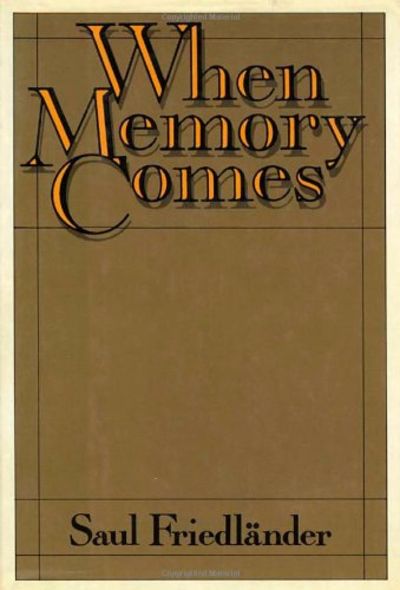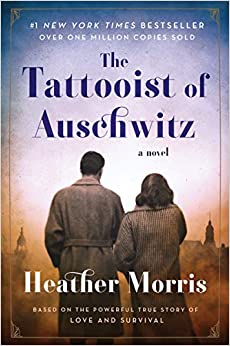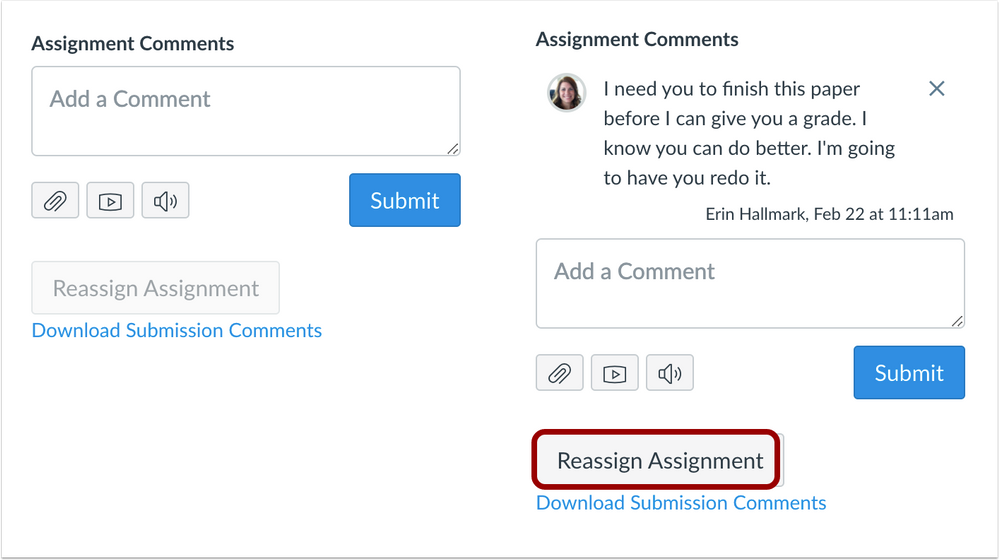In my research regarding neurodivergent students, current studies indicate student success is tied to supportive, understanding instructors. Negative faculty attitudes and lack of awareness are the major barriers to success for students with disabilities (Dowrick et al., 2005 as cited in Sniatecki et al., 2015, p. 260). To succeed, students with ASD, for example, will require support from understanding faculty members who are responsive to the unique academic and social needs of students with ASD (Austin & Peña, 2017, p. 18). Another factor in pursuit of equity and inclusion amongst student populations is the sense of belonging.
In his book Belonging: The Science of Creating Connections and Bridging Divides, Cohen (2022) discusses his research about how to establish connection in all areas of life. Recently, I attended a webinar, sponsored by Norton Publishing, where Cohen discussed his book and strategies to bridge barriers. One effective strategy he discussed was the concept of wise feedback, based upon his and others’ research. According to Yeager et al. (2014), “Wise feedback increased students’ likelihood of submitting a revision of an essay (Study 1) and improved the quality of their final drafts (Study 2). Effects were generally stronger among African American students than among White students, and particularly strong among African Americans who felt more mistrusting of school.” In the study, in addition to commenting on the students’ essays with suggestions for improvement and typical words of encouragement, wise feedback consisted of the statement: “I’m giving you these comments because I have very high expectations and I know that you can reach them” (Yeager et al., 2014). The result? The simple intervention “closed the racial achievement gap in this sample by nearly 40%” (Yeager et al., 2014). In addition to wise feedback to foster belonging, Cohen also indicated students need to feel a sense of three things in our classrooms: “You are not alone. You have potential. We are going to do this together.”
Now, I’ve started to include wise feedback in all of my comments on student essays. Additionally, I have included the three statements about belonging at the top of each of my Canvas course home pages in hope of fostering belonging and supporting success for all students.
References
Austin, K. S., & Peña, E. V. (2017). Exceptional faculty members who responsively teach students with autism spectrum disorders [Abstract from ERIC]. Journal of Postsecondary Education and Disability, 30(1), 17-32.
Cohen, G. L. (2022). Belonging: The Science of Creating Connection and Bridging Divides. New York, NY: W. W. Norton & Company, Inc.
Sniatecki, J. L., Perry, H. B., & Snell, L. H. (2015). Faculty attitudes and knowledge regarding college students with disabilities. Journal of Postsecondary Education and Disability, 28(3), 259-275.
Yaeger, D. S. et al., (2014). Breaking the cycle of mistrust: Wise interventions to provide critical feedback across the racial divide. Journal of Experimental Psychology: General. 143, 804–824.


